Parthenia was a Roman–Berber town in the former Roman province of Mauretania Sitifensis, the easternmost part of ancient Mauretania. It was located in what is now northern Algeria.

Quintus Lollius Urbicus was a Berber governor of Roman Britain between the years 139 and 142, during the reign of the Emperor Antoninus Pius. He is named in the Historia Augusta, although it is not entirely historical, and his name appears on five Roman inscriptions from Britain; his career is set out in detail on a pair of inscriptions set up in his native Tiddis near Cirta, Numidia.
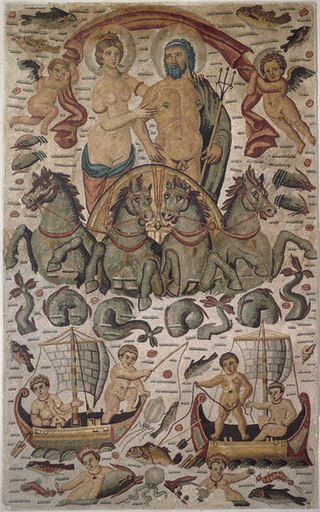
Cirta, also known by various other names in antiquity, was the ancient Berber, Punic and Roman settlement which later became Constantine, Algeria.

Djémila, formerly Cuicul, is a small mountain village in Algeria, near the northern coast east of Algiers, where some of the best preserved Roman ruins in North Africa are found. It is situated in the region bordering the Constantinois and Petite Kabylie.

Mila is a city in the northeast of Algeria and the capital of Mila Province. In antiquity, it was known as Milevum or Miraeon, Μιραίον and was situated in the Roman province of Numidia.
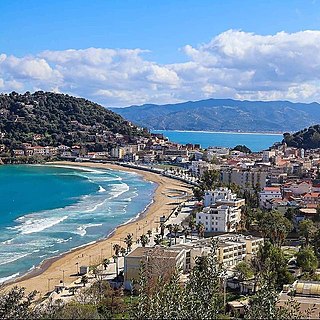
Collo, known as Chullu in antiquity, is a port town in the Skikda Province in northeastern Algeria, and forms part of the Collo Massif region. It is the capital and one of three municipalities of the Collo District.

Girus Tarasii was a town in the Roman province of Numidia that became a residential episcopal see. It is tentatively identified with ruins situated at what is now called Henchir-Tarsa in Algeria.

Calama was a colonia in the Roman province of Numidia situated where Guelma in Algeria now stands.
Musti in Numidia, also called Musti Numidiae, was an ancient city and bishop jurisdiction (bishopric), and is presently a Catholic titular see,(bishop's government see of a former government under a church's responsibility, also known as a dead diocese.) in modern Algeria.
Zattara was an ancient Roman and Byzantine town in the Africa province. It was located in present-day Kef ben-Zioune, south-east of Calama, Algeria. The city was a titular see of the Roman Catholic Church.
Vagada, also known as Vagadensis and Bagatensis, was a town in the Roman-Berber province of Numidia. It was a Roman Catholic diocese.

Lamzella was a civitas (town) in the Roman–Berber province of Numidia. It has been tentatively identified with the ruins at Henchir-Resdis in modern Algeria.
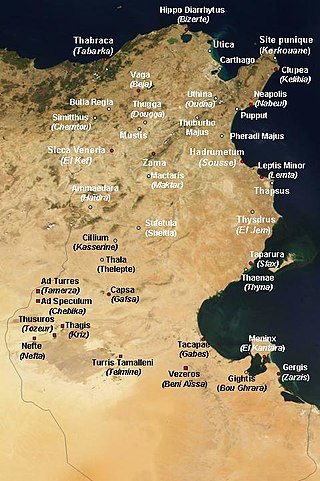
Henchir-Mencoub was an ancient Roman–Berber civitas in Tunisia. It has been tentatively identified with Medeli, a Roman era town in the province of Africa Proconsularis.
Cediae (Cediæ) was an ancient city and former bishopric in Roman North Africa. It is now a Latin Catholic titular see.
Tisedi was an ancient city and episcopal see, which remains a Latin Church titular see within the Catholic Church.
Ubaza was an ancient city and bishopric in Roman North Africa, which remains a Latin titular see.
Vegesela (in Numidia) was an ancient city and former episcopal see in Roman North Africa and remains a Latin Church titular see of the Catholic Church.
The Diocese of Mauriana is a Latin Church suppressed diocese and modern titular see of the Catholic Church.
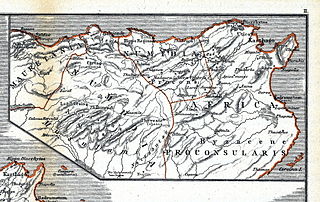
Numidia was a Roman province on the North African coast, comprising roughly the territory of north-east Algeria.
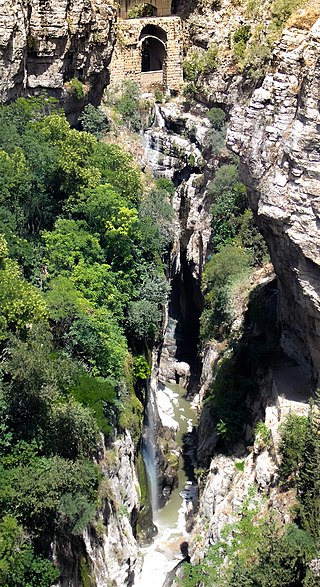
The Rhumel River is the largest river in the Constantine region of Algeria.













